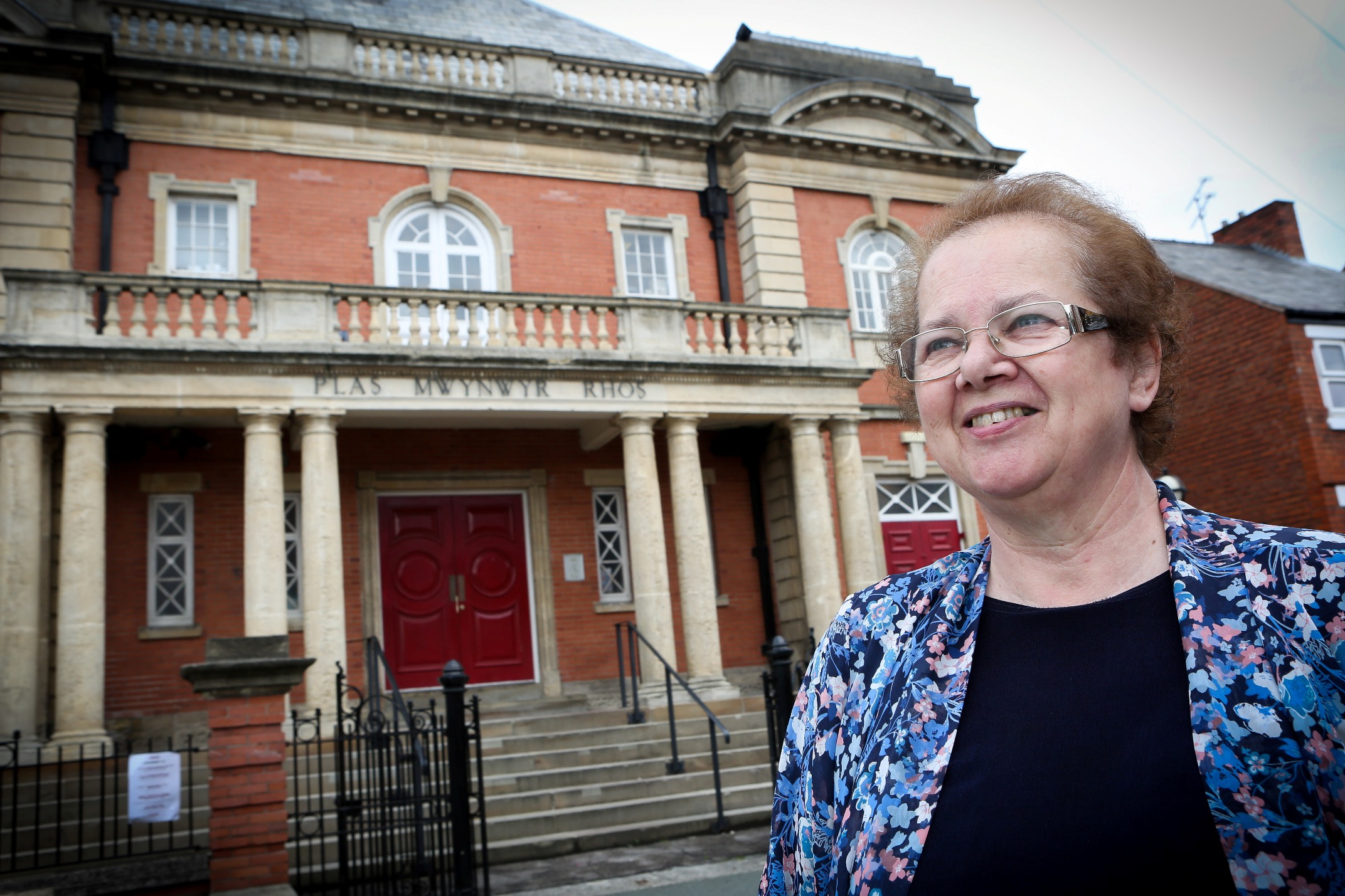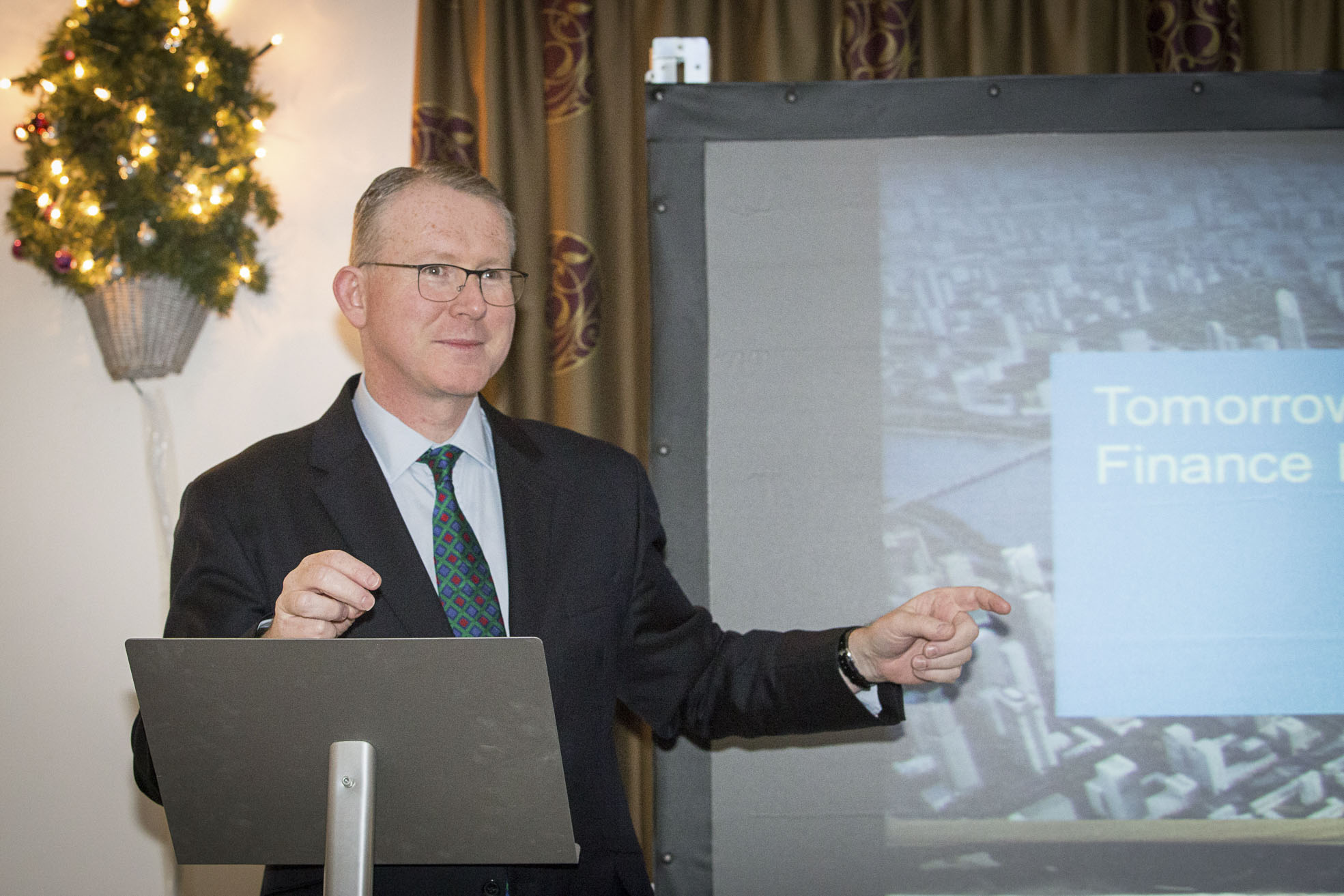A historic theatre in Wales’s biggest village has been thrown a financial lifeline as it prepares to celebrate its 90th birthday next year.
Wrexham County Borough Council has voted to renew funding for the historic Stiwt, the theatre built by the miners of Rhosllanerchrugog in the desperate years of the 1920s.
It had been feared that the Council would axe the grant that has helped keep the Stiwt’s head above water but the go-ahead theatre’s dynamic new team have persuaded them to commit over £150,000 to the building over the next four years.
That represents a 20 per cent year on year cut but Stiwt board member Sioned Bowen is still delighted that Wrexham Council has backed their ambitious programme for the theatre.
She said: “It was feared that we wouldn’t get anything but the Stiwt Board and the Council have worked hard together. This is great news and the Board is very grateful to the Council and the local councillors for their efforts on the Stiwt’s behalf. We value this partnership approach.
“We have an exciting programme to go forward with into 2016 and this support will help us attract more support from other sources.”
This could include the Arts Council for Wales which does back the Stiwt to the tune of £59,440 a year but which recently turned down a separate application for revenue support but that could change now the local authority has shown its commitment to the theatre.
The Council have voted to provide a grant for £59,440 this year with further grants to follow for 2016/17 of £47,553; £38,041 in 2017/18 and £30,433 in 2018/19.
In the meantime the Rhos Housing Estate Office will continue to be housed at the Stiwt for a further three years.
County Councillor Paul Pemberton said: “In today’s economic climate it’s probably the best we can hope for. I just hope the Stiwt board keep their good work up as the situation is making it very difficult for them.
“Thanks to everyone involved and for not turning off the tap altogether.”
His colleague, Councillor Kevin Hughes, added: “The STIWT Arts Trust Board continues to make steady progress against its business plan despite operating in a difficult financial climate.
“In addition, the board has successfully increased their income and reduced their expenditure over the last twelve months.
“The three year commitment by the Council to both the Stiwt and Rhos Housing Estate Office at a time when all budgets are being scrutinised is wholly appropriate.
“Conversely, if funding was removed the financial viability of the STIWT and the Housing Estate would be called into question.”
The board of the Stiwt recently unveiled plans for an ambitious £50,000 crowdfunding plan to help the Stiwt and create up to ten new jobs and they are optimistic about the future of the iconic building which dates from 1926, the year of the General Strike.
The crowd-funding scheme, launched last month, invites investors small or large to take a stake in a project, and the Stiwt board are confident it will guarantee it reaches its centenary and beyond.
The theatre was built in the 1920s thanks to the blood, sweat and tears of local colliers – the Miners’ Welfare Organisation levied a penny a ton on coal in the harsh years between 1924 and its opening in 1926 at a cost of almost £18,000.
From then on, it was heroically supported and run on a daily basis by subscription of tuppence a week from the meagre wages of the hard working miners who managed to raise another £20,000.
Tuppence a week is £3 a week in 2015 money, £156 per annum, and the Stiwt needs 320 people to commit for one year to reach its £50k target.
The Board are planning an ambitious new programme and a secure future for the imposing building which has dominated the social and cultural life of the village for decades.
Board chairman Paul Hanmer said: “This is a hugely important time for the Stiwt with an exciting new programme for the months ahead and ground breaking new plans for the future. The launch is the first in a series of high profile events.
“We’re sure that the spirit that built this place and saw it through so many challenging years will develop its future to meet new demands and interests for the community.”










